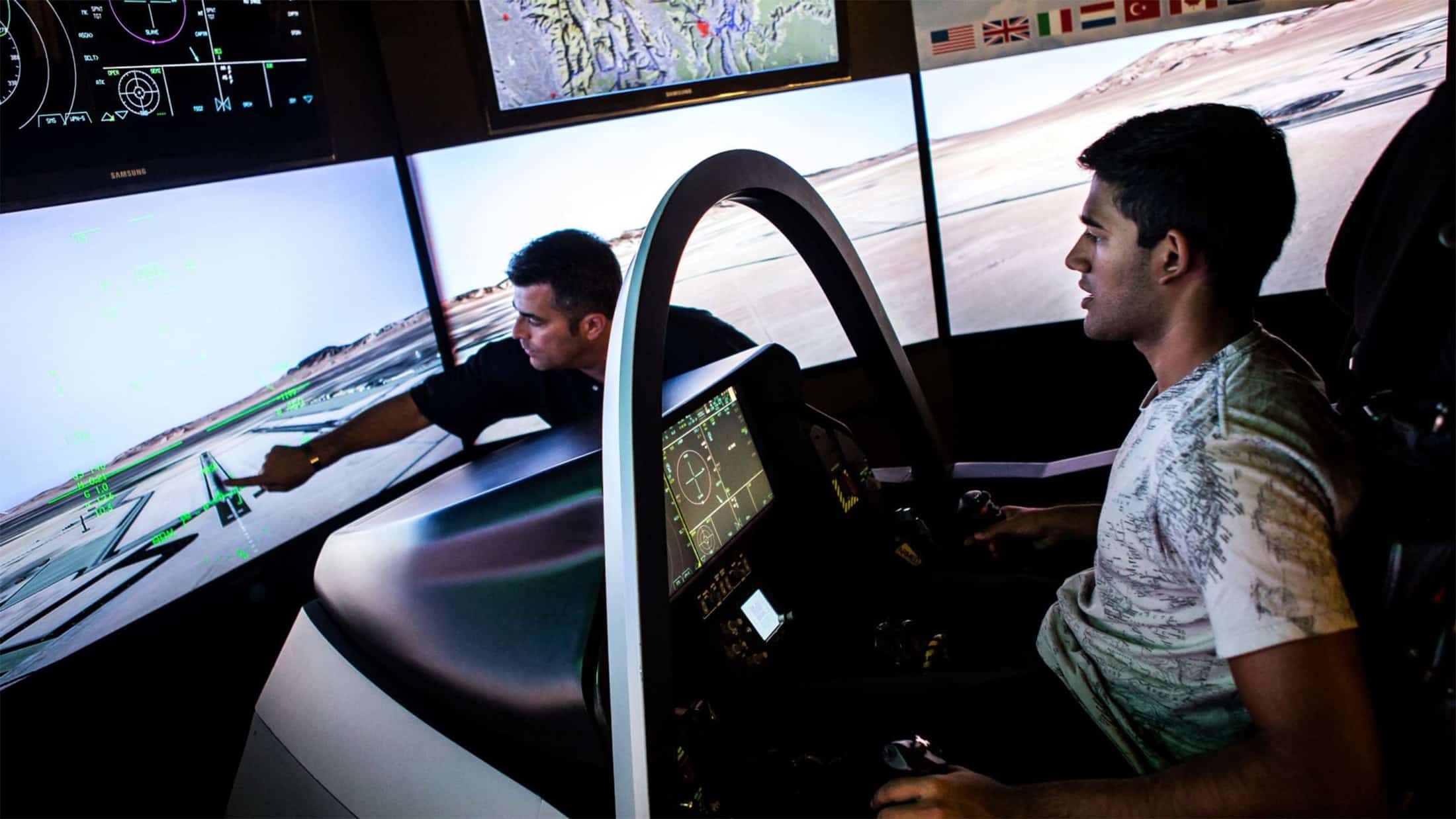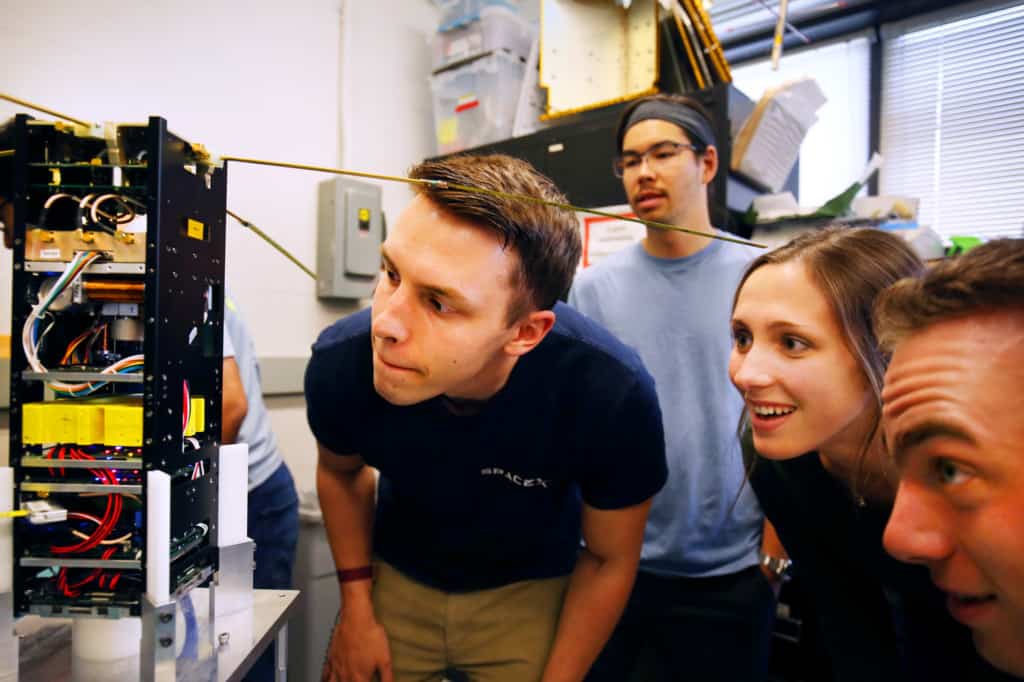
Careers
The sky isn’t even close to the limit
Aerospace engineers tackle the unique challenges that come with maneuvering heavy vehicles safely and efficiently through the air. We combine advanced technologies and cutting-edge materials to design smaller, lighter, more efficient aircraft and spacecraft and find innovative ways to power and control them.
Aerospace engineers conceive, design, manufacture, test, and operate aircrafts, spacecrafts, satellites, missiles, propulsion engines systems and their components. They also use their technical skills to develop successful careers as entrepreneurs, new technology managers, policy managers, and educators. A degree in aerospace prepares students for a variety of positions and career growth opportunities in the aerospace industry, as well as government agencies such as NASA.
CAREER PATHS
Yes, five Michigan aerospace alumni have walked on the moon, but you can find our graduates all over the earth as well. They work in government, academia and every facet of the aerospace industry. Careers include:
- Aerodynamicist
- Spacecraft Systems Engineer
- Principal Engineer
- CEO
- Systems Engineer
- Propulsion Manager
- Senior Technical Engineer
- Systems Engineer of Product Development
- Operation Integration Manager

COMPANIES
- Boeing
- AIRBUS
- Lockheed Martin
- United Technologies Corporation
- NASA
- Northrop Grumman
- SpaceX
- Blue Origin
- General Electric
- Raytheon
- Aerospace Corporation
- Honeywell
- General Dynamics
- Ford Motor Company
- General Motors
CAREER RESOURCES
Check out the Engineering Career Resource Center for upcoming career fairs and workshops to help with your internship and job search.
